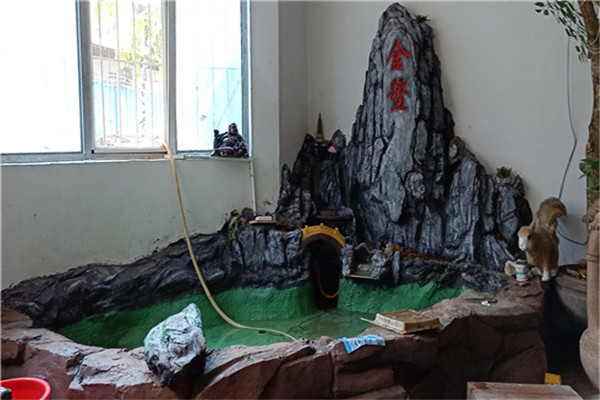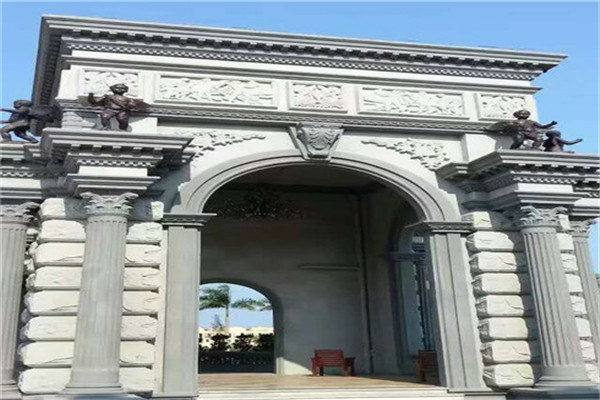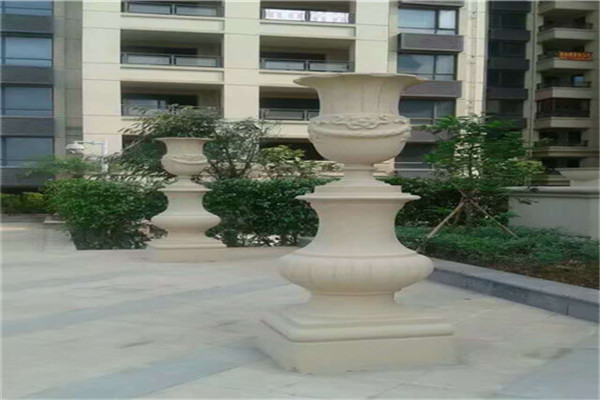
The types of stone inscription monuments include monuments, memorial monuments, merit monuments, temple monuments, Dianzi monuments, mausoleum monuments, etc. Except for a few wordless steles, they are generally literal steles. Usually, characters are carved on the body of the stele, and some are accompanied by carved patterns. The pedestal and cover of the stele are mostly carved with decorations, birds, animals, flowers, and mascots. The cover of the stele of the imperial family is also carved with dragons and phoenixes. Marble is the most commonly used stone for making the stele, and sandstone and granite are also commonly used. Some of the steles are huge, and some of them become a group of steles. Stone books are written with stone instead of paper, and carved instead of pen, which is very ingenious. There are many famous works of stone tablet processing and stone calligraphy carving. For example, "Xi'an Forest of Steles" includes more than 3000 historical steles from Han Dynasty to Qing Dynasty. It is the largest collection of stone books in China. Together with the "Forest of Steles in Hanlin" under construction in Kaifeng, it can be said that it is a sea of steles, and it is a collection of calligraphies of regular script, line, grass, seal script, clerical script and Wei style by famous calligraphers of all ages. In addition to large-scale carvings such as stele books and cliff carvings, there are also some stone carvings, such as mourning volumes in imperial tombs and modern fine carved small stone books, such as more than 100 mourning volumes of white marble excavated in the tomb of the prince of the Tang Dynasty, and six stone books of "Thirty six Strategies" carved in tile slate in modern Chengdu, a total of 26 pages and 1278 words, bound into a volume with eyeliner, each page is 2.2.6mm, which can be read.

Lacquer carving is a traditional handicraft in China, also called red carving. Its technique began in the Tang Dynasty, and its process is extremely complex. Paint, tire The process of polishing and polishing is complicated and takes a long time, so large lacquer carvings are also extremely expensive and have always been the furnishings of royal families and nobles in ancient times. Lacquer carving is a technique to carve patterns on stacked flat lacquer bodies. It was introduced into Beijing during the Yuan and Ming Dynasties. Through the painstaking research of lacquer carving artists, the lacquer carving technique has gradually become perfect and mature, and lacquerware has become a handicraft with Beijing characteristics. Beijing lacquer carving is as famous as Hunan Hunan embroidery and Jiangxi Jingdezhen porcelain. It has been known as the "Three Masters of Chinese Arts and Crafts". For many years, lacquer carving has been favored by lacquer carving art lovers at home and abroad for its unique craft, exquisite and beautiful shape without losing a sense of solemnity.

Components are reusable software modules oriented to software architecture. It is a reusable software component that can be used to construct other software. It can be encapsulated object classes, class trees, some functional modules, software frameworks, software architecture (or architecture), documents, analysis pieces, design patterns, etc. In 1995, Ian Graham gave the definition of component as follows: component refers to an object (interface specification, or binary code), which is used for reuse, and the interface is clearly defined. Hainan sculpture component appears as a logic tight program code package with a good interface. For example, Ada's Package, Smalltalk-80 and C++'s class and data type can all belong to the component category. However, the operation set, procedure and function can not become a component even if they can be reused. Developers can develop new application systems by assembling existing components, so as to achieve the purpose of software reuse. Software component technology is the key factor of software reuse, and also the focus of software reuse technology research.

Bonsai sculpture is an ingenious combination of plant cultivation technology and garden art. It is an organic unity of landscape, basin and several frames. GRC component Price It is mainly composed of trees and shrubs, with rocks, people, buildings, etc. as the background, to show the beautiful scenery of giant trees in the wilderness, lush forests or ancient trees with thousands of years. There are evergreen pines and cypresses, such as five needle pine, black pine, larch, juniper, etc; Flowers and fruits include camellia, brome, June snow, longevity peach, fire thorn, pomegranate, etc; Miscellaneous trees include broad-leaved trees, shrubs such as elm, skeleton, etc. The miniature bonsai, which is the size of a wine cup, is planted in a basin with a wild state, exquisite and attractive plant shape. The cursive potted landscape refers to the shape of plants into a certain word, commonly used as elm with golden leaves, rose vine, etc. The chrysanthemum potted landscape is to use the small chrysanthemums grafted on Artemisia annua to twist the artemisia stem and form a vigorous tree trunk by manual traction; Modern green sculpture three-dimensional sculpture, also known as "three-dimensional painting", can enjoy different scenery from different angles and positions. There are combinations of rattan plants and buildings, such as green bridge columns, colorful landscape walls, etc. Foshan GRC component There are sculptures of grass and flowers, such as the charmingly naive giant panda, the beautiful peacock, the elephant with a long nose, the giraffe with a raised neck, flocks of cattle and sheep, monkeys playing on horseback, etc

Root carving is to create artistic works of characters, animals, utensils and other artistic images through conception, artistic processing and process, taking the autogenetic form and distorted form of tree roots (including tree bodies, nodules, bamboo roots, etc.) as the object of artistic creation. Root carving art is a kind of plastic art that finds natural beauty and shows creative processing. The so-called "three parts of labor, seven parts of nature" means that in the creation of root carving, most of the natural forms of root materials should be used to express artistic images, and a few of them should be artificially processed and modified. Therefore, root carving is also called "root art" or "root art". The basic technique of root carving is to use exaggeration, fantasy and abstraction to reflect real life. To be specific, it is to make a comprehensive and careful observation of the selected root material and make a clever idea. By virtue of its shape, texture, knots, concavity and convexity, curvature, holes, and so on, it is a bold idea to combine the virtual with the real. The line seeks the usable value of the material itself with a variety of themes and contents, and is good at finding the extraordinary from the ordinary, and gradually determines the overall image of the creation. It is very important to make clear the creative idea and imagine boldly for the root generation creation.





